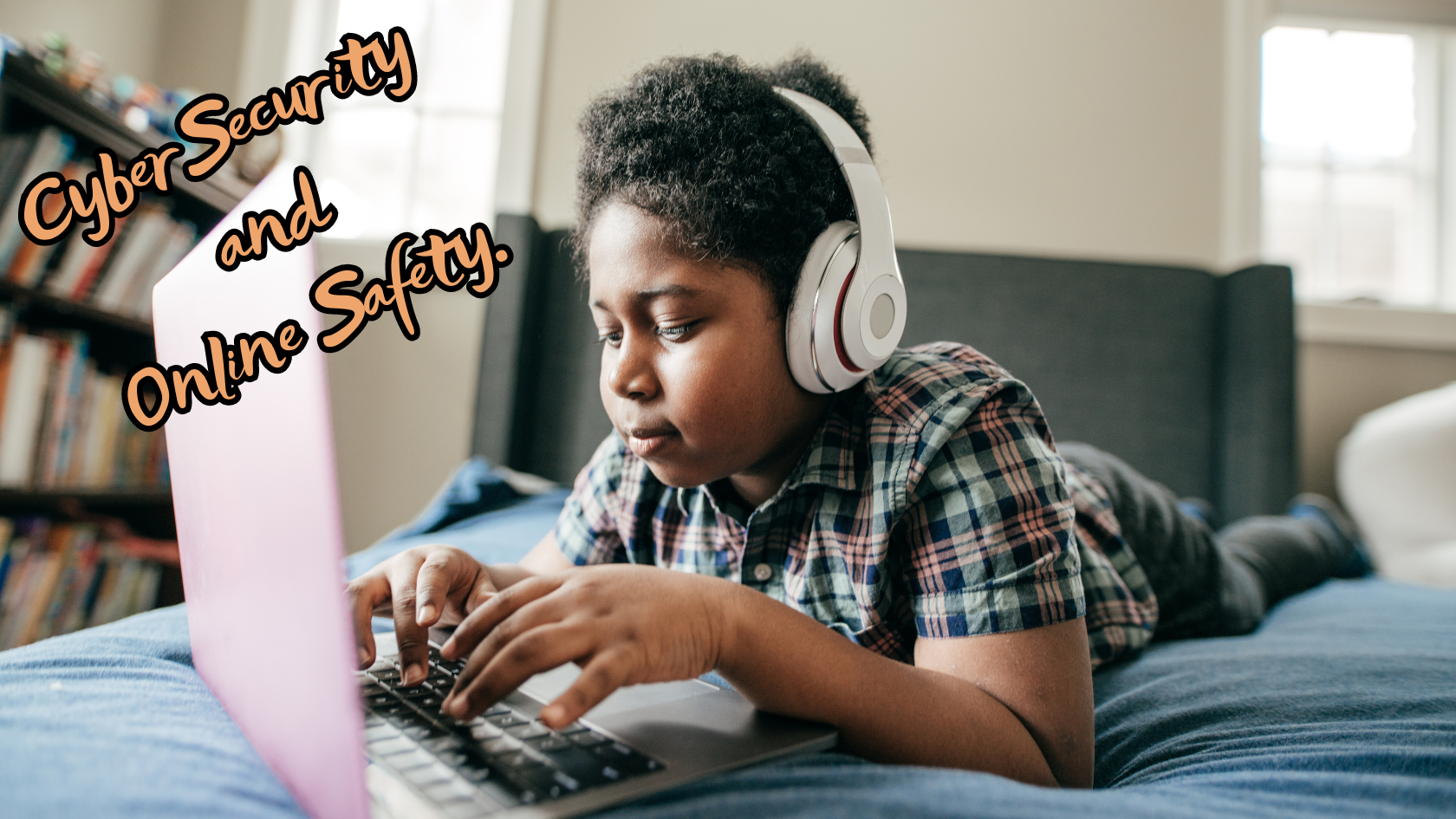Published by: Digital Schools
Ensuring cyber Security and online safety for your children is paramount in today’s digital age. Here are some specific measures and advice to help protect your children when they’re using the internet:
- Education and Communication:
- Start by having open and ongoing conversations with your children about the potential dangers of the internet. Teach them to recognise online risks.
- Encourage them to come to you with any concerns or questions about online activities.
- Parental Control Software:
- Use parental control software or built-in features on devices and routers to filter or block inappropriate content.
- These tools can help limit screen time and track your child’s online activities.
- Privacy Settings:
- Teach your children how to adjust privacy settings on social media accounts and other online services to control who can see their information.
- Ensure they understand the implications of sharing personal information online.
- Online Etiquette and Behaviour:
- Educate your children about responsible online behaviour, including how to communicate respectfully and avoid cyber bullying.
- Emphasise the importance of not sharing personal information, like their address or school, with strangers.
- Safe Websites and Apps:
- Encourage your children to use age-appropriate and trusted websites, apps, and online communities.
- Discuss the potential risks associated with downloading and using apps or games.
- Cyberbullying Awareness:
- Help your children recognise the signs of cyberbullying and encourage them to report any incidents to a trusted adult.
- Discuss the importance of being kind and respectful online.
- Monitoring and Supervision:
- Monitor your child’s online activities, especially when they’re younger. Be aware of who they’re interacting with and what they’re doing online.
- Balance monitoring with respecting their privacy as they get older.
- Secure Devices:
- Secure your devices with strong passwords, PINs, or biometric authentication.
- Set up separate user profiles for your children on shared devices to restrict their access.
- Safe Search:
- Enable safe search filters on search engines to block explicit content.
- Teach your children how to use safe search settings.
- Teach Critical Thinking:
- Help your children develop critical thinking skills to evaluate the credibility of online information.
- Encourage them to question the accuracy of sources and avoid spreading false information.
- Cyber Security Practices:
- Teach your children to recognise phishing attempts and the importance of not clicking on suspicious links or downloading unknown files.
- Explain the risks of sharing passwords and how to create strong, unique passwords.
- Encourage Offline Activities:
- Promote a healthy balance between online and offline activities, such as hobbies, sports, and spending time with friends and family.
- Emergency Response Plan:
- Discuss what to do if your child encounters an online threat, such as cyberbullying or inappropriate content. Ensure they know how to report these incidents to you.
- Model Good Behaviour:
- Children often learn by example. Demonstrate responsible online behaviour, and they are more likely to follow suit.
Cybersecurity and online safety for children require a combination of supervision, education, and the use of technology tools to create a safe and responsible online environment. It’s an ongoing process, and as your children grow and their online activities change, your approach to their online safety should adapt accordingly.


